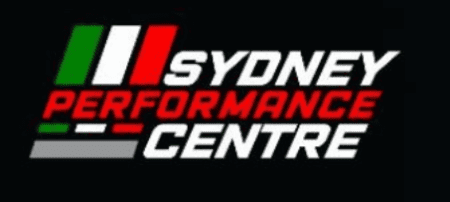A well-organized structure for files and titles for folders that are clear and informative are the key to creating an effective virtual dataroom. Users can quickly find what they’re searching for. It’s also helpful if the documents are organized in an organized and consistent format (e.g. documents that contain text in PDF format and financials in Excel) to simplify viewing the files and manipulating their content.
Granular permission levels are also essential to prevent document leakage and leakage. VDR software allows teams to be split into groups based on their roles in due diligence. For example, “management” or “finance” can be assigned access.
In the end, a VDR should be user-friendly for all types of users including non-technical founders and investors. The process of searching and navigating the VDR should be effortless and take only a few minutes, just like navigating a crowded Dropbox. The tool should also be able to support non-proprietary formats as well as allow for easy collaboration with third party.
The most efficient VDRs are equipped with advanced features to simplify and streamline crucial business processes, such as M&A diligence or the IPO. A virtual data room that integrates project management and information management strategy enhanced by VDR a powerful OCR engine is able to automatically read PDFs or other documents. This is a crucial feature in M&A diligence workflows. The most effective solutions provide 24/7 technical support, so that experts can be consulted instantly at crucial times during a transaction.
